
The problem we are to talk about occurs once the tendon (a tissue connecting bone and muscle) located in the lower leg gets torn. The rupture can be complete or partial. The tendon we are talking about connects the bone in the foot's heel and the calf muscle. This is a very flexible and strong tendon, but its rupture usually happens among those between 30 and 50 years of age and among the athletes. These are the groups most affected by this problem, but almost anybody can experience it.
Symptoms and Causes
The initial symptoms include inability to point the toes and flex the ankle, along with the sharp pain. Also bruising, inability to climb stairs, limp, tearing/snapping sound, inability to stand on your feet and lower leg swelling are felt. The sensation of being kicked in the beck area of the leg is a feeling that most people compare it to, when asked how it feels like when the tendon ruptures. Playing sports, jumping and running are some of the activities that need the calf muscle to contract and the leg to be pressured with weight. This is the situation in which most cases of Achilles tendon rupture occur, so you can see why athletes usually suffer from this problem. Corticosteroids, antibiotics and quinolone are some of the medications that can reduce the chances of having the problem in question in the future.
Diagnosing the Problem
The examination by the doctor is important and it should be done immediately. There are several tests the doctor will do in order to diagnose the problem. Also, some movements and exercises may be requested by the doctor, since they may help the doctor to evaluate the situation. Some of them are standing on your toes and squeezing of the calf muscle. Also, MRI and ultrasound scan may be needed.
Treatment
There are several factors that determine if the problem will be treated with the surgery or immobility of the tendon, and some of them are age, and time that has passed after the injury. Ibuprofen and other painkillers will be effective for the headache. Two types of the surgery, percutaneous and open, can be used for the treatment of the ruptured Achilles tendon. Open is connected with longer and percutaneous with smaller incisions. The tendon will be stitched during both surgeries, after which the adjustable brace or cast will be needed. Infection is one of the side effects that happens the most, and the risk of this problem is the lowest with the percatenaus surgery.
The second type of the treatment option is the non-surgical one. This treatment lasts six to eight week and it involves the use of a cast that is constantly changed in order to promote a proper healing of the tendon. Infection cannot occur during this treatment, but more time will be needed to recover, when we compare it to the surgery. The treatment method is determined by the seriousness of the injury. Know that for the full recovery, six months are needed. Exercises will be done once the cast is removed.


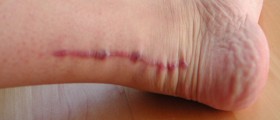

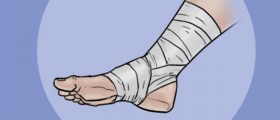




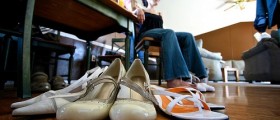
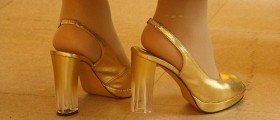

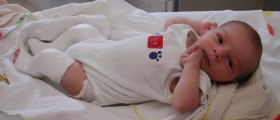

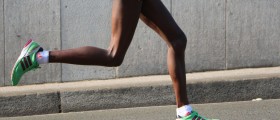


Your thoughts on this
Loading...